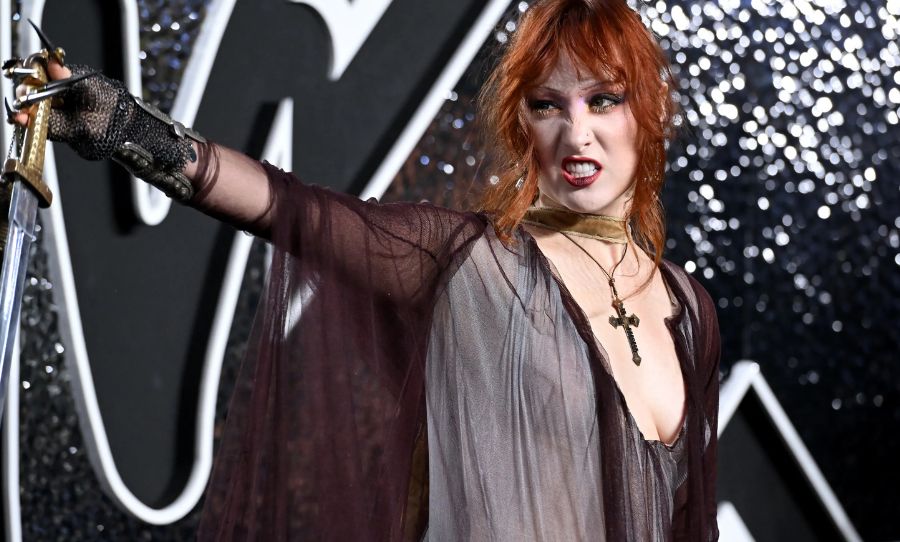While the pandemic is causing chaos for creatives and influencers across the globe, the ‘virtual influencer’ is only on the up-and-up.
For those of you who don’t know, virtual influencers are computer-generated figures made to look like real people (though the result is something that lurks in the uncanny-valley spectrum) who have their own social media platforms, much like a real-life influencer.
They’re funny, (somewhat) relatable, and they’re currently making bank during one of the greatest periods of global economic uncertainty. Some of these ‘influencers’ seemingly live lavish lifestyles with the backing of major brand sponsorships, while others can even take it a step further.

Lil Miquela, a 19-year-old virtual influencer with more than 2.8 million followers on Instagram, has even been branching out into music from as early as 2017, and currently has over 600,000 monthly listeners on Spotify.
The best part is, Lil Miquela is set to make her creators at the transmedia studio ‘Brud’, roughly $11.7 million (16,607,876.68 AUD) this year alone, according to Bloomberg Businessweek.
However, unlike ‘human’ musicians and influencers during the pandemic, virtual influencers aren’t affected by accessibility towards their audience (they can still technically travel), and they’re cheaper to employ than real influencers – because they’re not real.
Christopher Travers, the founder of virtualhumans.org, a site devoted to documenting this new industries progression, says that their business potential is unaffected by more ‘human’ limits.
“Virtual influencers, while fake, have real business potential,” he told Bloomberg Businessweek.
“They are cheaper to work with than humans in the long term, are 100% controllable, can appear in many places at once, and, most importantly, they never age or die.”
Another virtual influencer to watch out for is Seraphine, a candy-coloured mage and influencer created this year by the studio responsible for League of Legends, Riot Games Inc. With over 400,000 followers on Instagram, and a budding music career in the same vein as her digital predecessors, Seraphine has been able to continue doing what no other musician can do – travel.
we’re going to shanghai in 2 days and it’s finally setting in, all at once. i’ve been working so hard, and i’ve been trying my best to love myself, but i still can’t find the confidence i need
— Seraphine⭐🌊 (@seradotwav) October 10, 2020
And she’s got insecurities too. Cool.
According to HypeAuditor, virtual influencers have nearly three times as much engagement as human influencers, which indicates that people are simply more inclined to interact with virtual influencer content. It’s why many virtual influencers eat real food, wear real clothing labels, and occasionally hang out with the odd celebrity.
Harry Hugo, the co-founder of global social media and influencer marketing agency Goat Agency (whose website has the same vibe as a cult), hinted that this blending of reality would allow virtual influencers (and their creators) to continue financially thriving where humans will surely fail.
“They can be available 24/7 and have a personality molded to be exactly what you want. They can literally be whatever you want them to be. These things are massive plus points for brands because they make the perfect ambassador,” he told Entrepreneur.
https://twitter.com/Cheezchiefrocka/status/1322527023407992832


